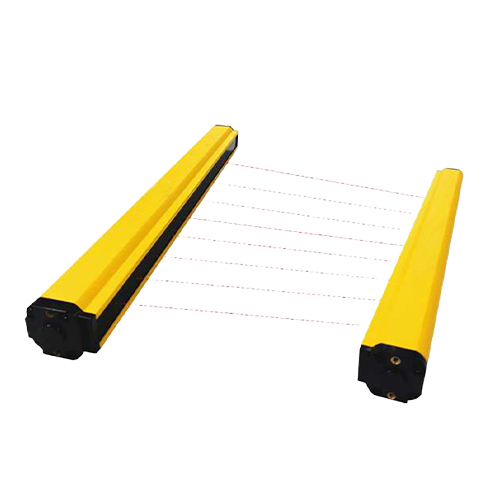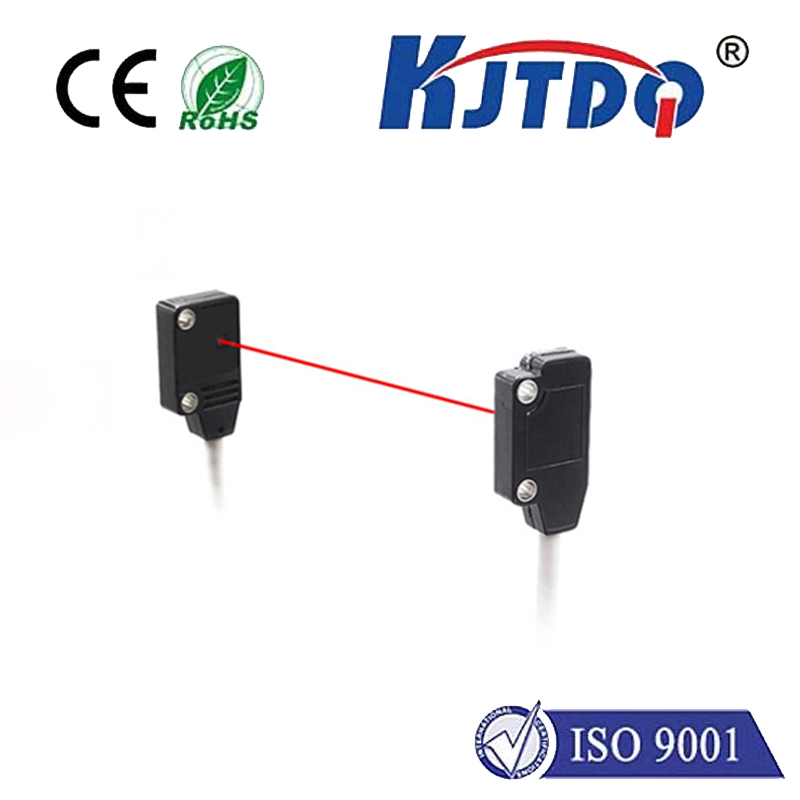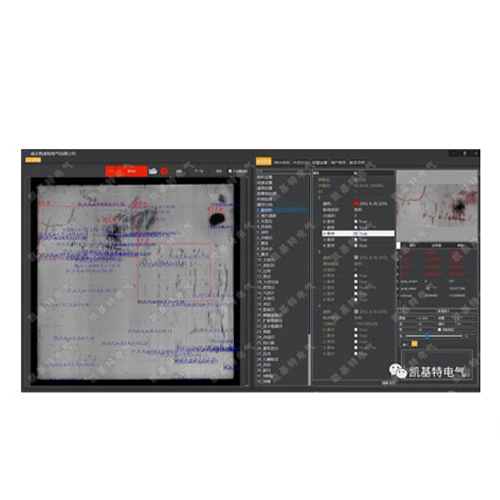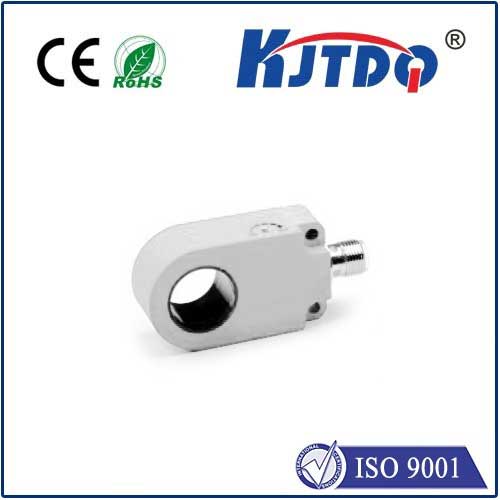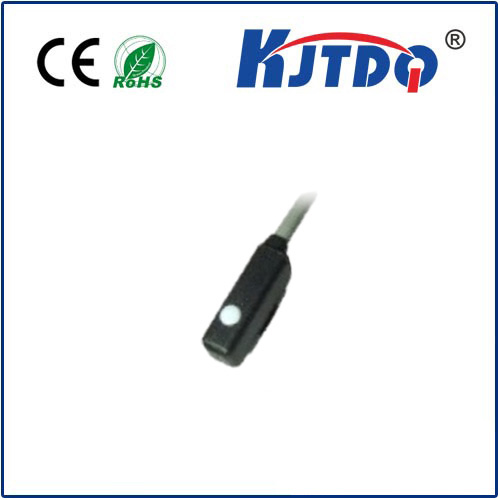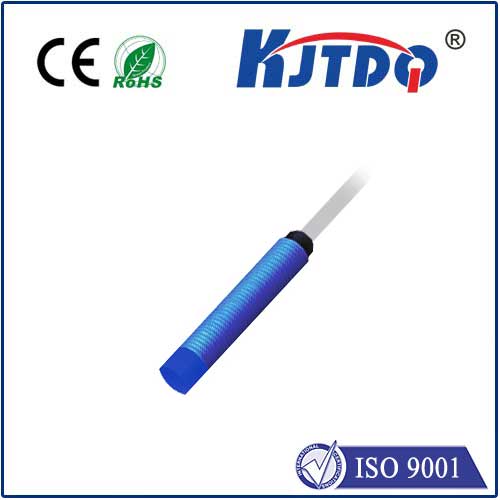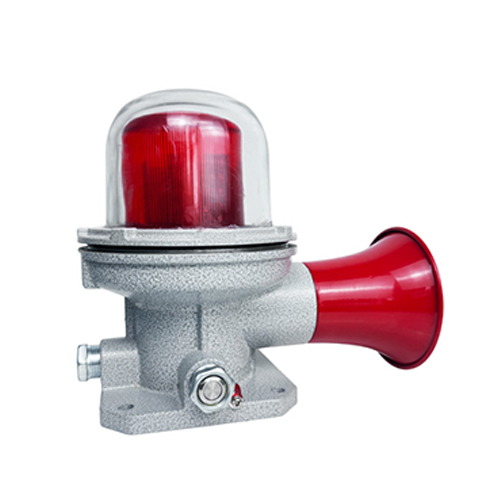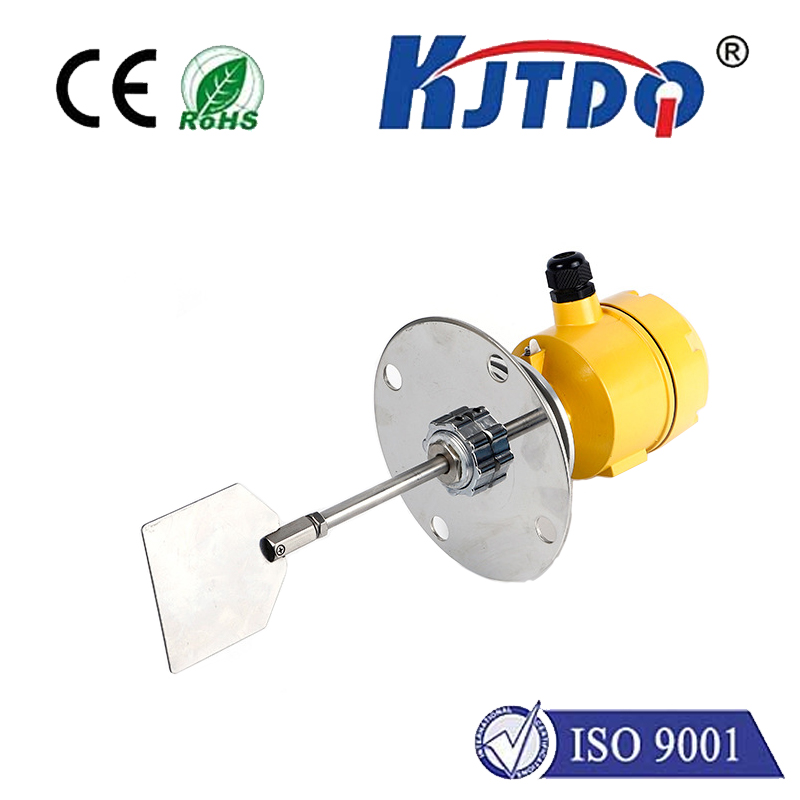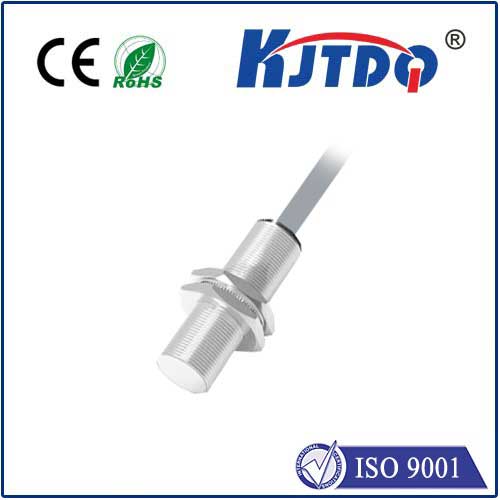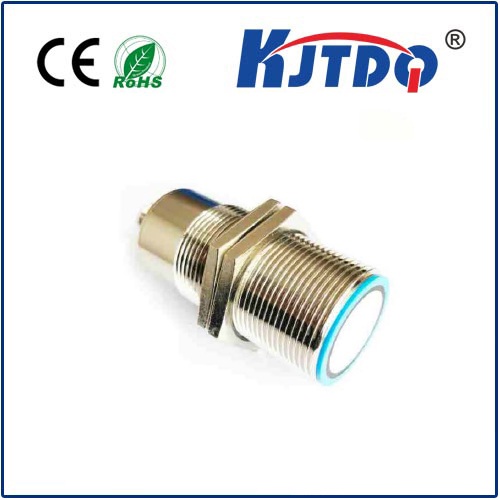BHS0002 high pressure proximity sensor
- time:2025-10-15 04:32:06
- Click:0
BHS0002: Your Shield Against Failure in Extreme Pressure Environments
Imagine the immense forces at work inside a hydraulic press stamping out critical aircraft components. Or picture the crushing pressures deep within a subsea oil well control system. In these demanding environments, traditional sensors falter. Component failure isn’t just an operational hiccup; it can lead to catastrophic downtime, safety hazards, and immense financial loss. This is where specialized sensing technology becomes not just valuable, but essential. The BHS0002 High Pressure Proximity Sensor stands precisely as a beacon of reliability engineered to conquer these frontiers where standard sensors fear to tread.
Understanding the High-Pressure Challenge
Proximity sensors, by their nature, detect the presence or absence of objects without physical contact, typically using electromagnetic fields (inductive sensors are common for metals). However, standard models are designed for ambient or moderate pressure conditions. Introducing high pressure – often hundreds or even thousands of bar – creates unique challenges:
- Material Integrity: Constant exposure to extreme pressure can deform sensor housings, crush internal components, or compromise seals.
- Seal Failure: High pressure relentlessly seeks the path of least resistance. Inferior seals lead to fluid ingress, destroying sensitive electronics.
- Signal Stability: Pressure can affect the properties of materials and the behavior of magnetic or electrical fields, leading to unreliable or drifting signals.
- Temperature Extremes: High-pressure environments often coincide with elevated or cryogenic temperatures, compounding the stress on components.
A sensor failing under such conditions doesn’t just stop a process; it risks damage to expensive machinery, leaks of hazardous fluids, and jeopardizes personnel safety. The cost of unplanned downtime in heavy industries can be astronomical per hour.
The BHS0002 High Pressure Proximity Sensor: Engineered for the Extreme

The BHS0002 isn’t merely a ruggedized version of a standard sensor; it represents a fundamental redesign for sustained high-pressure operation. Here’s what sets it apart:
- Robust Housing and Construction: Utilizing high-grade, pressure-resistant stainless steel alloys, the BHS0002 body is specifically engineered to withstand internal or external pressures that would crumple lesser sensors. The structural integrity is paramount.
- Superior Sealing Technology: Multiple redundant, high-integrity seals are employed. These are designed not just to keep contaminants out initially, but to maintain their integrity under constant, extreme compression cycles over the sensor’s lifespan. This is critical for preventing fluid ingress.
- Stable Sensing Performance: The internal sensing electronics and coil design are optimized to deliver consistent and accurate detection signals even when subjected to the physical stresses of high-pressure environments. Drift is minimized.
- Environmental Resilience: Beyond pressure, the BHS0002 sensor is typically rated for operation across a broad temperature range (-40°C to +125°C or wider, depending on exact specifications), making it suitable for diverse harsh applications, from freezing arctic sites to hot engine compartments.
- Reliability & Longevity: Built with industrial-grade components and proven sealing methodologies, the BHS0002 is designed for years of dependable service, reducing the frequency of costly replacements and maintenance interventions in hard-to-reach locations.
- Multiple Output Options: Like its standard counterparts, the BHS0002 is often available with configurable outputs (e.g., NPN, PNP, NO, NC) providing flexibility for integration with various PLCs and control systems common in heavy industries.
Where the BHS0002 High Pressure Proximity Sensor Makes a Critical Difference
This sensor isn’t a niche product; it’s vital infrastructure for numerous high-stakes industries:
- Hydraulic Systems: Monitoring piston position within high-pressure cylinders, detecting valve spool position, confirming clamp closure in massive presses. Failure here means loss of process control and potential equipment damage.
- Oil & Gas (Subsea & Surface): Deployed in blowout preventer (BOP) control systems, subsea valve actuators, high-pressure piping manifolds, and drilling equipment. Reliability is non-negotiable for safety and environmental protection.
- Power Generation (Hydro, Steam, Gas Turbines): Sensing critical valve positions in high-pressure steam lines or hydraulic control units within turbines. Precision control is essential for efficiency and grid stability.
- Heavy Machinery & Presses: Verifying tool positions, mold closure, and safety interlocks in forging, stamping, and injection molding machines operating at immense tonnages/pressures.
- Test Benches & Pressure Vessels: Providing position feedback on actuators within high-pressure test rigs used for validating aerospace components, pipelines, and pressure-containing equipment.
- Chemical & Process Industries: Monitoring valves and actuators in processes involving highly pressurized liquids or gases where leak containment is paramount.
Beyond the Spec Sheet: The Value Proposition of the BHS0002
Choosing the BHS0002 High Pressure Proximity Sensor goes beyond ticking a technical box. It delivers tangible value:
- Reduced Downtime: Its inherent robustness and reliability minimize unplanned stoppages caused by sensor failure, maximizing production uptime.
- Enhanced Safety: Providing reliable position feedback in critical safety systems (like BOPs) protects personnel, equipment, and the environment from catastrophic events.
- Lower Total Cost of Ownership (TCO): While the initial investment might be higher than a standard sensor, its extended lifespan, reduced maintenance needs, and avoidance of failure costs make it more economical over time.
- Simplified Design: Using a sensor specifically validated for high pressures reduces the need for over-engineering protective enclosures, simplifying system design and installation.
- Process Confidence: Knowing that the position feedback signal is stable and accurate under pressure allows for tighter process control and improved product quality.
Integrating Reliability
Deploying the BHS0002 proximity sensor follows standard industrial practices. Attention to proper mounting (ensuring correct sensing distance), secure wiring using appropriate pressure-rated connectors and conduit, and protection against excessive mechanical shock or vibration are crucial. Always reference the manufacturer’s specifications and installation guidelines for the specific BHS0002 variant.
Conclusion
In the relentless world of heavy industry, where pressures reach extremes and failures are intolerable, ordinary sensors become liabilities. The BHS0002 High Pressure Proximity Sensor is engineered as the definitive solution. It embodies resilience, precision, and unwavering reliability exactly where it’s needed most. When your application operates under crushing force, when failure is simply not an option, the BHS0002 stands as your indispensable guardian – ensuring operational continuity, safeguarding assets, and enabling control where others cannot.






